Home>Interior Design>How To Get Interior Design License
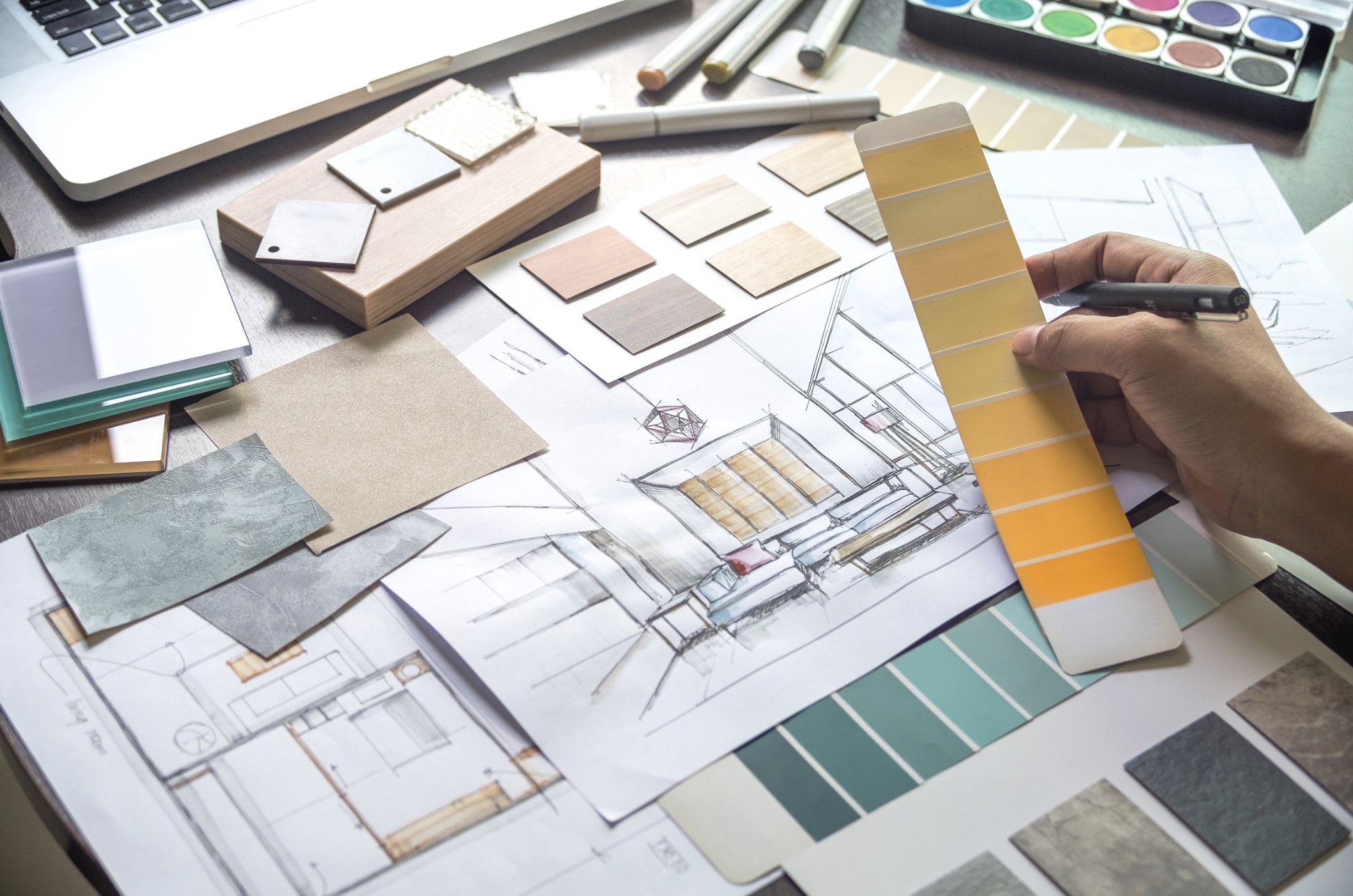

Interior Design
How To Get Interior Design License
Modified: September 1, 2024
Learn the essential steps to obtain an interior design license. Enhance your career in the lucrative field of interior design with our comprehensive guide.
(Many of the links in this article redirect to a specific reviewed product. Your purchase of these products through affiliate links helps to generate commission for Storables.com, at no extra cost. Learn more)
Introduction
Interior design is a multifaceted profession that encompasses creativity, technical expertise, and a deep understanding of aesthetics. Whether you have a passion for transforming spaces or a knack for visualizing design concepts, pursuing a career in interior design can be a fulfilling and rewarding journey.
However, in order to practice as a professional interior designer, it is important to obtain the necessary license. An interior design license not only signifies your credibility and expertise in the field, but it also ensures that you adhere to the industry standards and regulations.
In this article, we will delve into the process of obtaining an interior design license and provide you with a step-by-step guide to help you navigate through the requirements, education, experience, and licensing exam.
Before we dive into the details, it is important to note that the specific requirements for an interior design license may vary depending on your location. Different countries, states, and even cities may have specific regulations in place. Therefore, it is crucial to thoroughly research and familiarize yourself with the licensing requirements in your area.
Now, let’s begin our journey towards acquiring an interior design license!
Key Takeaways:
- Becoming a licensed interior designer involves meeting specific educational, training, and examination requirements, as well as adhering to a code of ethics. Thorough research and understanding of local licensing criteria are essential.
- Continuous professional development is crucial for licensed interior designers to stay updated with industry trends, attend workshops, pursue certifications, and engage in collaborative projects to enhance their skills and expertise.
Read more: How To Get A License For Landscaping
Understanding the Requirements for an Interior Design License
Before embarking on the path to obtaining an interior design license, it is essential to understand the specific requirements set forth by your local licensing authority.
In general, these requirements may include:
- Educational qualifications: Most licensing bodies require aspiring interior designers to have a formal education in interior design or a related field. This typically involves completing a degree program from an accredited college or university. The specific degree requirements may vary, but a bachelor’s degree in interior design is commonly accepted.
- Training and experience: Alongside education, practical experience is crucial for obtaining an interior design license. Many licensing authorities require a certain number of hours of supervised work experience in the field. This can be gained through internships, apprenticeships, or working under the guidance of a licensed interior designer.
- Examination: In order to demonstrate your knowledge and competency in interior design, you will likely be required to pass a licensing examination. This examination evaluates your understanding of design principles, building codes, project management, and other relevant topics.
- Code of ethics: As a licensed interior designer, it is important to adhere to a code of ethics established by the licensing authority. This code outlines the professional standards and guidelines for ethical conduct expected from licensed professionals.
Additionally, it is important to stay updated with any continuing education requirements or renewal processes once you obtain your license. Licensing authorities may have specific requirements for ongoing professional development to ensure that interior designers are well-informed about the latest trends, techniques, and regulations within the industry.
Understanding the requirements for an interior design license is the first step towards pursuing your career as a licensed professional. It is essential to thoroughly research and familiarize yourself with the specific criteria set by your local licensing board to ensure that you meet all the necessary requirements.
Now that we have a solid understanding of the requirements, let’s explore the education and training needed to fulfill those criteria.
Completing the Necessary Education and Training
To fulfill the educational requirements for an interior design license, it is crucial to obtain a formal education in interior design or a related field. This education provides you with the fundamental knowledge and skills needed to excel in the industry.
Here are a few steps to help you complete the necessary education and training:
- Research accredited programs: Start by researching and identifying accredited interior design programs offered by colleges or universities in your area. Accreditation ensures that the program meets the industry standards and is recognized by licensing authorities.
- Select a program: Consider factors such as curriculum, faculty expertise, facilities, and location when choosing a program. Look for programs that offer a comprehensive curriculum covering design principles, space planning, color theory, materials and finishes, and computer-aided design (CAD) software.
- Apply and enroll: Once you have identified the program that aligns with your goals and interests, complete the application process and enroll in the program. Be mindful of any application deadlines and ensure that you submit all required documents and transcripts.
- Attend classes and engage in hands-on learning: Make the most of your educational journey by actively participating in classes, workshops, and design studios. Take advantage of opportunities to work on real-world projects and gain practical experience.
- Seek internships or apprenticeships: Alongside your coursework, consider pursuing internships or apprenticeships in interior design firms or architectural firms. These opportunities will provide you with hands-on experience and help you build professional connections in the industry.
- Continuing education: Even after completing your formal education, it is important to stay updated with the latest trends and developments in the field. Attend workshops, conferences, and seminars to expand your knowledge and skills.
Remember, the education and training phase is not only about acquiring knowledge but also about honing your design skills, developing a design aesthetic, and understanding the practical aspects of interior design.
By completing the necessary education and training in an accredited program, you will lay a strong foundation for your interior design career and be well-prepared to meet the requirements for obtaining an interior design license.
Next, let’s explore the importance of gaining practical experience in the field.
Gaining Practical Experience in the Field
Acquiring practical experience in the field of interior design is a crucial step towards obtaining an interior design license. It allows you to apply your theoretical knowledge, develop your design skills, and gain valuable insights into the industry.
Here are some ways to gain practical experience:
- Internships: Seek out internship opportunities with interior design firms, architecture firms, or design studios. Internships provide invaluable hands-on experience, allow you to observe and learn from experienced professionals, and give you the chance to contribute to real-world projects.
- Apprenticeships: Consider working as an apprentice under a licensed interior designer. This mentorship opportunity allows you to learn the ropes of the profession, gain practical skills, and receive guidance from an experienced professional.
- Volunteer work: Offer your design services on a volunteer basis for charities, community organizations, or non-profit projects. Not only does this allow you to practice your skills, but it also gives you the opportunity to give back to the community and build your portfolio.
- Part-time jobs: Look for part-time or entry-level positions in design-related industries such as furniture stores, home improvement centers, or design showrooms. These roles provide exposure to the industry and allow you to interact with clients and gain practical experience.
- Network and collaborate: Attend industry events, join professional organizations, and meet other interior designers. Networking can lead to collaboration opportunities, where you can work on projects with more experienced designers, learn from their expertise, and expand your professional network.
Remember, the more practical experience you gain, the more confident and proficient you will become in your design skills. Practical experience not only enhances your knowledge but also helps you build a strong portfolio, which is essential when applying for an interior design license.
Now that we have discussed the importance of practical experience, let’s move on to preparing for the interior design licensing exam.
Research the specific requirements for interior design licensure in your state or country. This may include education, experience, and passing an exam.
Preparing for the Interior Design Licensing Exam
The interior design licensing exam is designed to assess your knowledge, skills, and competency in various aspects of the profession. It is an important step towards obtaining your interior design license and becoming a recognized professional in the field.
Here are some key steps to help you prepare for the interior design licensing exam:
- Research the exam format: Start by understanding the format of the licensing exam in your jurisdiction. Determine whether it is a written exam, computer-based test, or a combination of both. Find out the exam topics and the weighting of each section.
- Review the exam content: Familiarize yourself with the exam content by reviewing the core subjects and knowledge areas that will be covered. This may include design principles, building codes, space planning, materials and finishes, lighting design, and project management.
- Create a study plan: Develop a study plan that allows time for reviewing and mastering each exam topic. Break down the content into manageable sections and allocate specific study hours for each topic. Set realistic goals to ensure that you cover all the material before exam day.
- Utilize study resources: Make use of study resources such as textbooks, study guides, online courses, and practice exams. These resources will help you familiarize yourself with the type of questions that may be asked and provide additional insights into the exam topics.
- Join study groups: Consider forming or joining study groups with fellow aspiring interior designers. Collaborating with others can help facilitate learning, share insights and knowledge, and provide support during the exam preparation process.
- Take practice exams: Practice exams are an invaluable tool for assessing your knowledge and identifying areas that require further review. Take timed practice exams to simulate the actual exam conditions and evaluate your performance.
- Seek guidance from professionals: If possible, connect with licensed interior designers who have successfully passed the licensing exam. Their advice and guidance can provide valuable insights into the exam preparation process and help you focus on key areas.
Remember, thorough preparation and dedicated study are key to success in the interior design licensing exam. Allocate sufficient time and resources to adequately cover all the exam content, and approach the exam with confidence and a clear understanding of the topics.
Once you have prepared for the exam, it’s time to move on to the next step – submitting an application for your interior design license.
Read more: How To Get Air Conditioning License
Submitting Application for Interior Design License
After completing the necessary education, gaining practical experience, and preparing for the interior design licensing exam, it is finally time to submit your application for an interior design license. This step is crucial as it signifies your readiness to become a licensed professional in the field of interior design.
Here are some steps to guide you through the application process:
- Review the application requirements: Carefully read through the application requirements provided by your local licensing authority. Ensure that you have met all the necessary criteria, including education, experience, exam results, and any other documentation required.
- Gather supporting documents: Collect all the supporting documents needed for your application. This may include copies of your educational transcripts, proof of practical experience, exam results, recommendation letters, and any other relevant certifications or training.
- Complete the application form: Fill out the application form with accurate and up-to-date information. Be thorough in providing all the necessary details and ensure that you have included any requested documentation.
- Pay the application fee: Most licensing authorities require an application fee to process your application. Make sure to submit the required fee along with your application form. Keep a record of the payment for your reference.
- Submit the application: Once you have completed the application form and gathered all the supporting documents, submit your application to the designated licensing authority. This may be done online or through mail, depending on the specific requirements.
- Follow up on your application: It is important to follow up on your application to ensure its progress. Contact the licensing authority if you have not received any confirmation or updates within the expected timeframe. Keep copies of all communication and correspondence related to your application.
- Stay informed about the review process: The licensing authority will review your application and verify the information provided. Be prepared to respond to any requests for additional information or clarification during the review process.
- Await your license approval: If your application is approved, congratulations! You will receive your interior design license, signifying your official recognition as a licensed interior designer. Be sure to review any additional requirements, such as license renewal periods or continuing education obligations.
Submitting your application for an interior design license demonstrates your commitment and dedication to the profession. It is a significant milestone in your career and opens up opportunities for you to establish yourself as a reputable and qualified interior designer.
Now that you have submitted your application, let’s explore the importance of ongoing professional development in the field of interior design.
Conducting Ongoing Professional Development
As a licensed interior designer, the journey doesn’t end with obtaining your interior design license. In fact, it is just the beginning of a lifelong learning process and continuous professional development. Engaging in ongoing professional development is crucial to stay updated with industry trends, expand your skills, and maintain your competency as a professional.
Here are some important aspects of conducting ongoing professional development:
- Stay informed about industry trends: Keep yourself updated with the latest trends, innovations, and advancements in the field of interior design. Follow design publications, websites, blogs, and social media accounts of industry leaders to stay informed about new techniques, materials, and design aesthetics.
- Attend conferences and workshops: Take advantage of industry conferences, trade shows, and workshops to expand your knowledge and skills. These events offer networking opportunities, educational sessions, and hands-on workshops to keep you up to date with the evolving industry practices.
- Participate in professional organizations: Joining professional organizations specific to interior design allows you to connect with fellow designers, attend educational events, and access resources and tools that can enhance your professional development. These organizations often offer webinars, online courses, and mentorship programs.
- Pursue additional certifications or specializations: Consider obtaining additional certifications or specializations within the field of interior design. These credentials can demonstrate your expertise in specific areas and make you more competitive in the industry. Examples include certifications in sustainable design, lighting design, or kitchen and bath design.
- Engage in mentorship or coaching: Seek mentorship or coaching from experienced interior designers who can provide guidance, share industry insights, and help you navigate your career path. Their knowledge and experience can be invaluable in your professional development.
- Collaborate with other professionals: Engage in collaborative projects with professionals from related fields such as architects, contractors, and furniture designers. Collaborations provide an opportunity to learn and incorporate different perspectives, and can lead to new creative ideas and innovative design solutions.
- Continuously update your skills: Interior design is a dynamic field, constantly evolving with new technologies and design approaches. Take courses, workshops, or online tutorials to enhance your skills in areas such as 3D visualization software, sustainable design practices, or virtual reality tools.
- Reflect on your work and seek feedback: Regularly reflect on your design work, identify areas for improvement, and seek feedback from clients or colleagues. Actively seek constructive criticism to refine your skills and deliver better design solutions.
By prioritizing ongoing professional development, you will continuously grow and evolve as an interior designer. Embrace the opportunity to learn, adapt, and explore new possibilities within the field.
Congratulations on embarking on the journey to becoming a licensed interior designer. By completing the necessary education, gaining practical experience, preparing for the licensing exam, submitting your application, and engaging in ongoing professional development, you are setting yourself up for a successful and fulfilling career in interior design.
Frequently Asked Questions about How To Get Interior Design License
Was this page helpful?
At Storables.com, we guarantee accurate and reliable information. Our content, validated by Expert Board Contributors, is crafted following stringent Editorial Policies. We're committed to providing you with well-researched, expert-backed insights for all your informational needs.
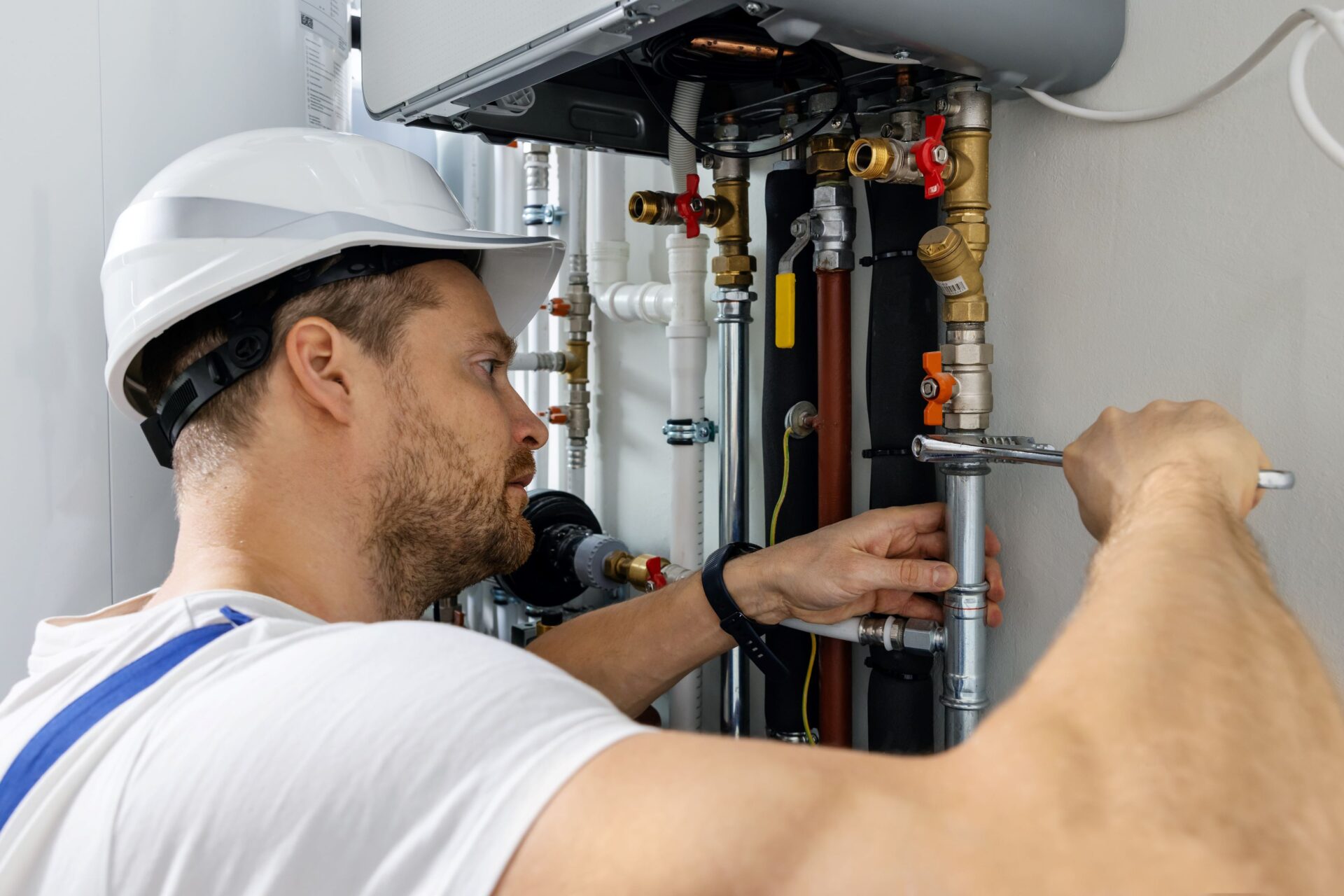


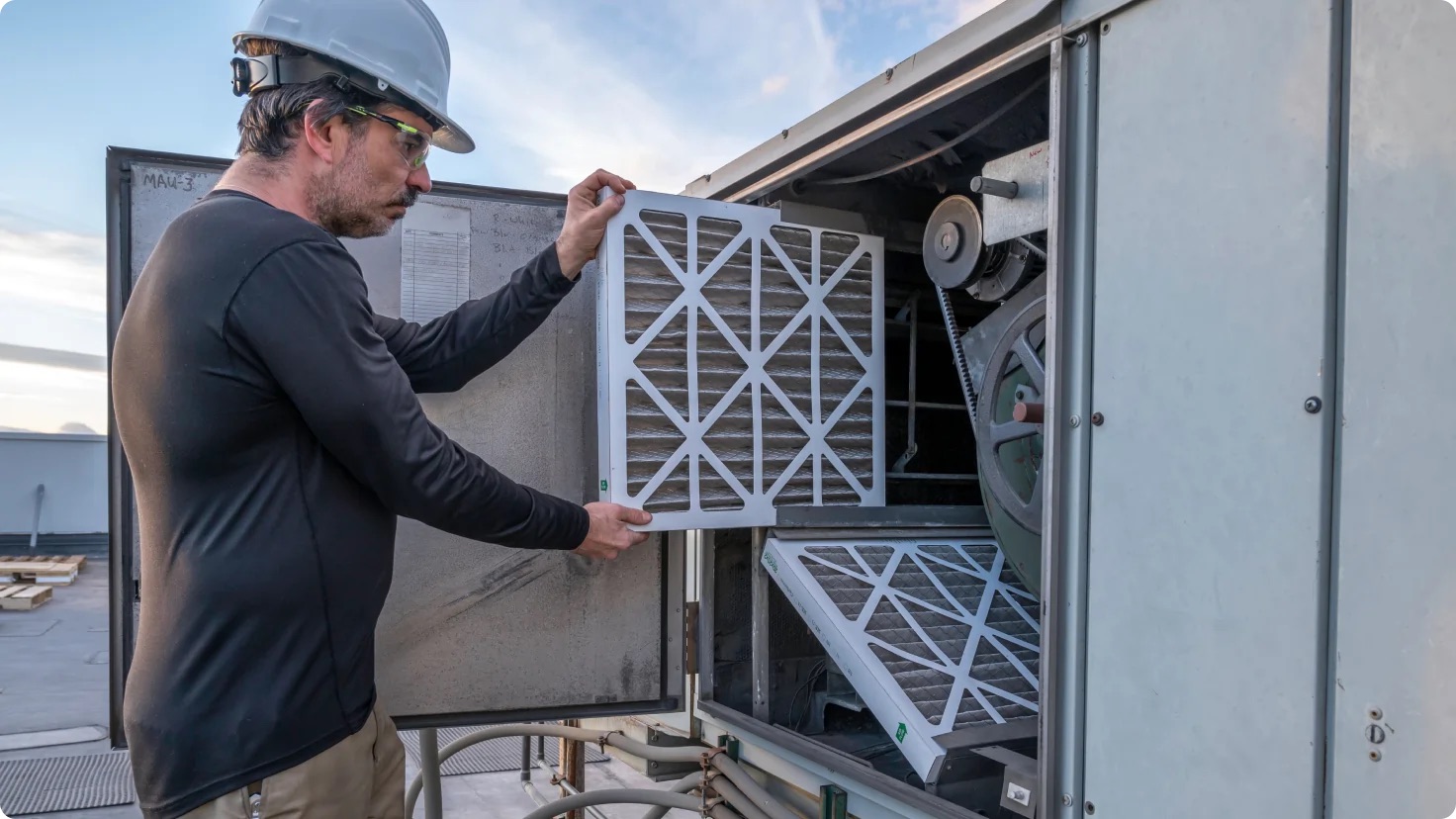
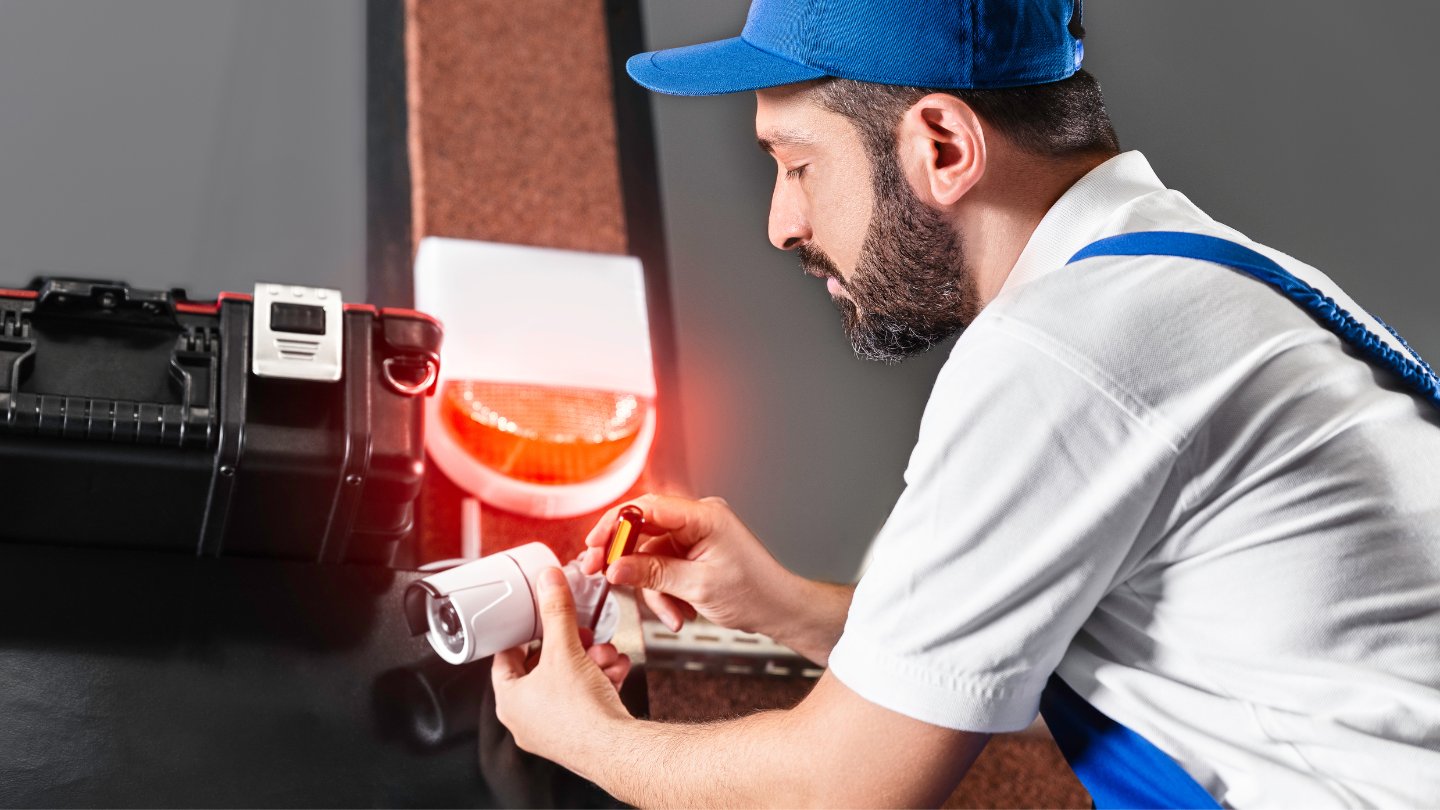
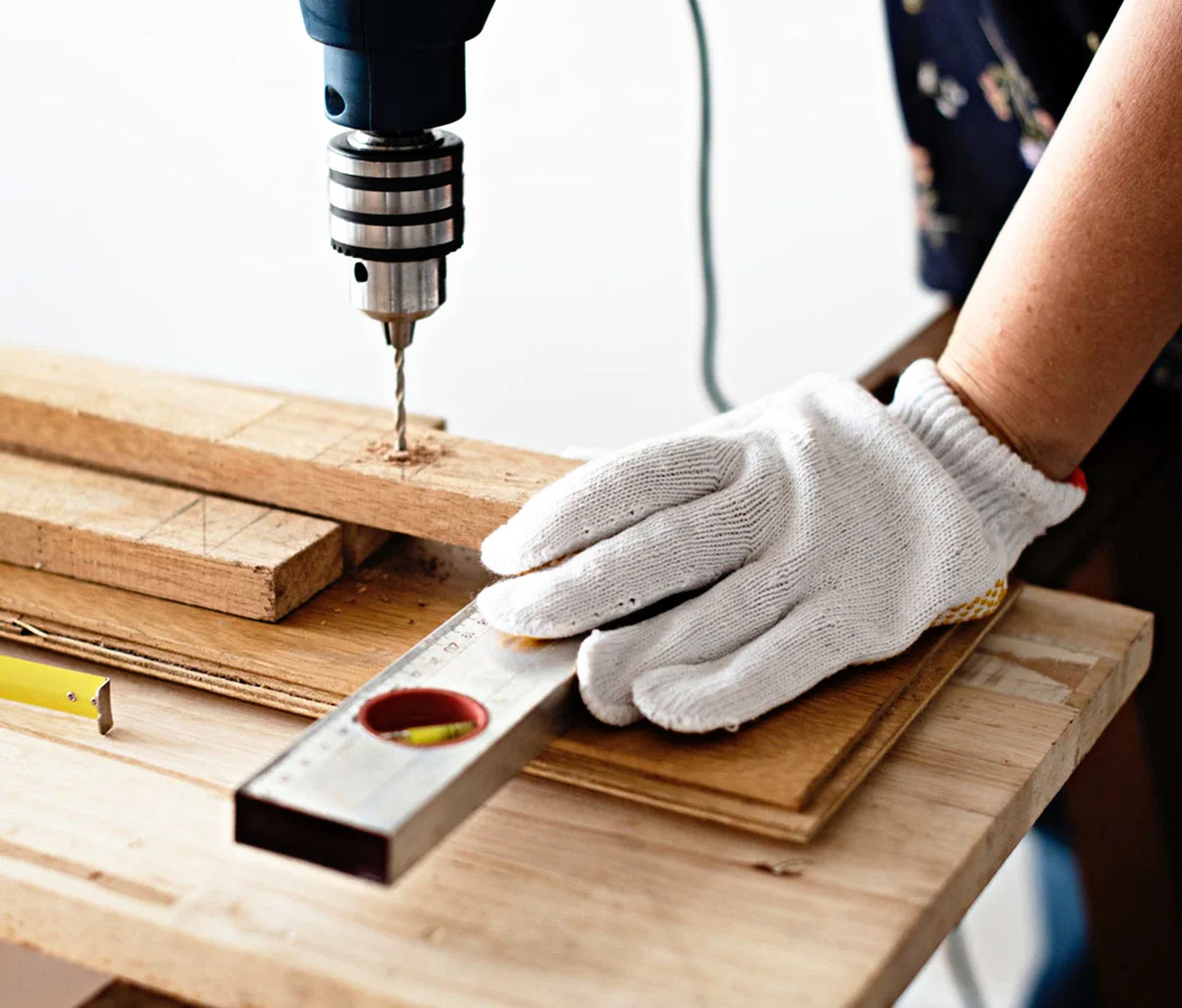



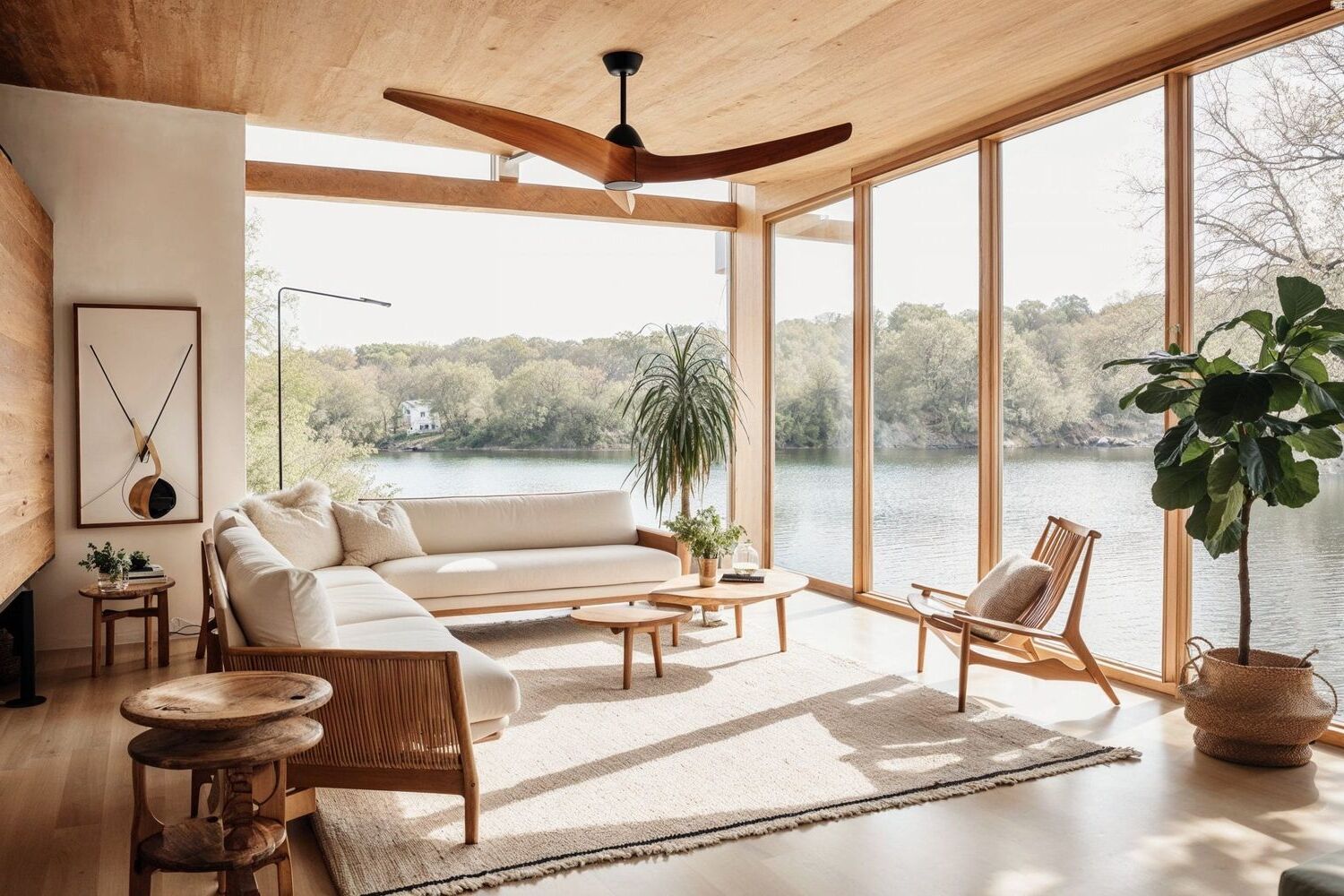
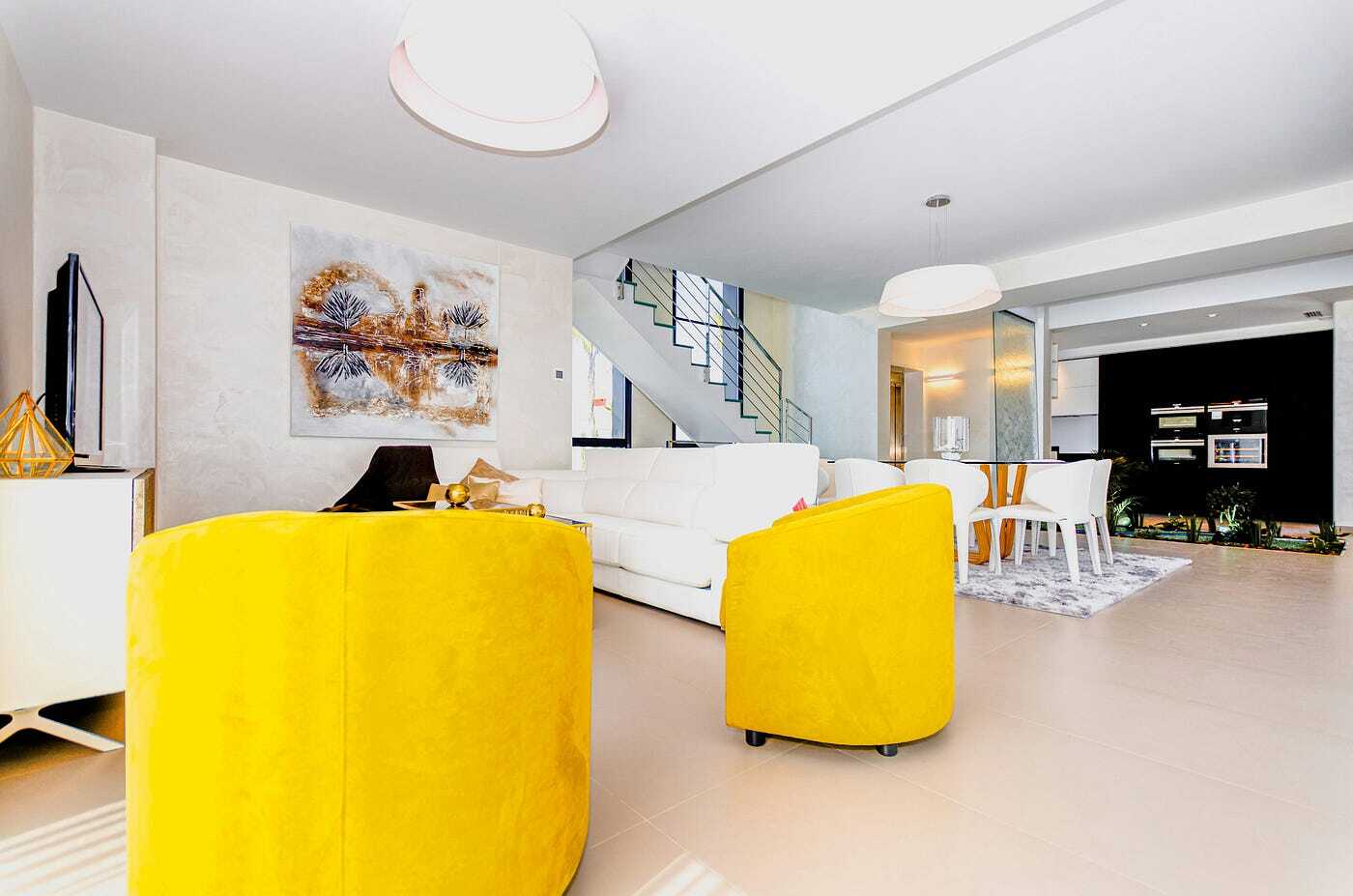
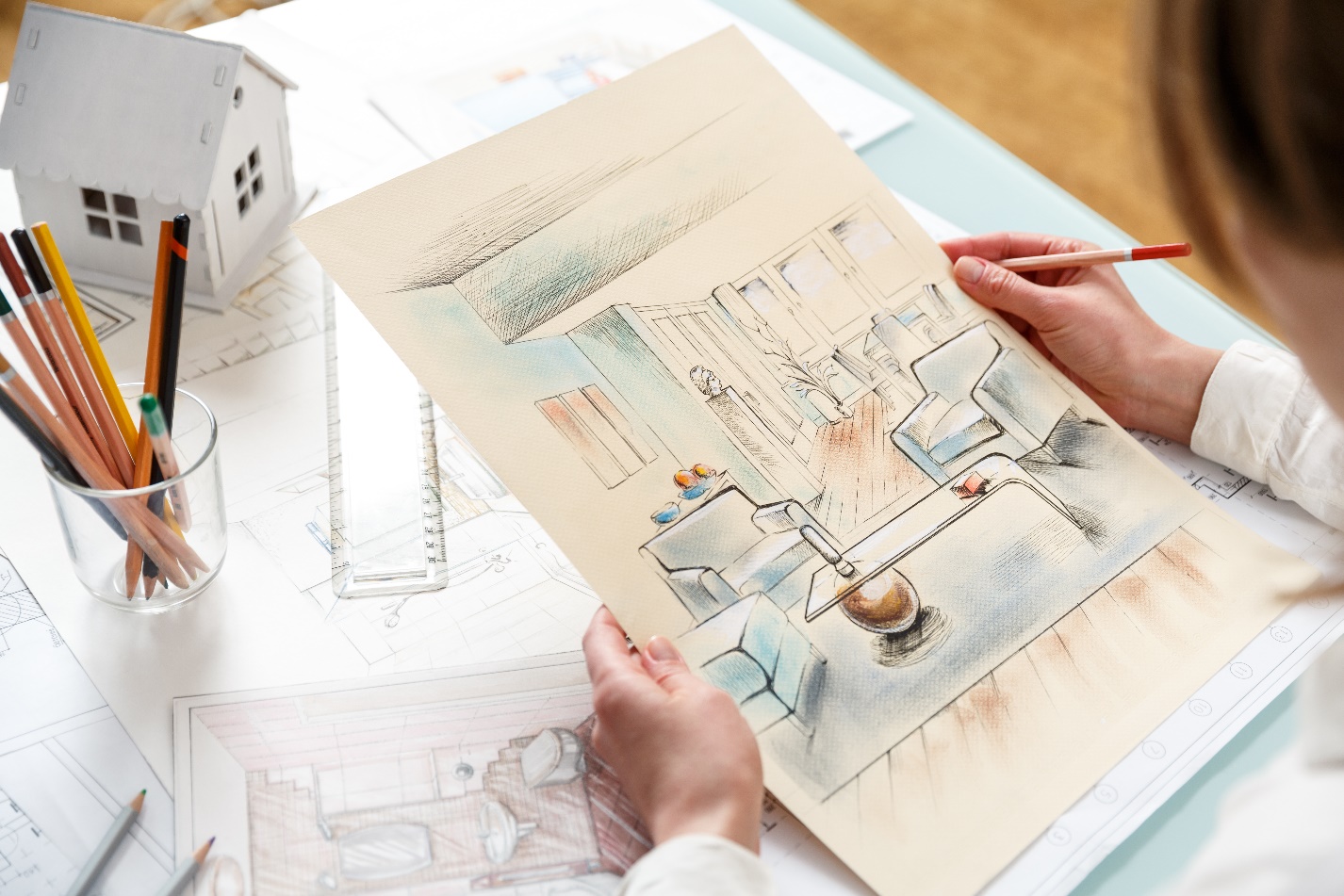

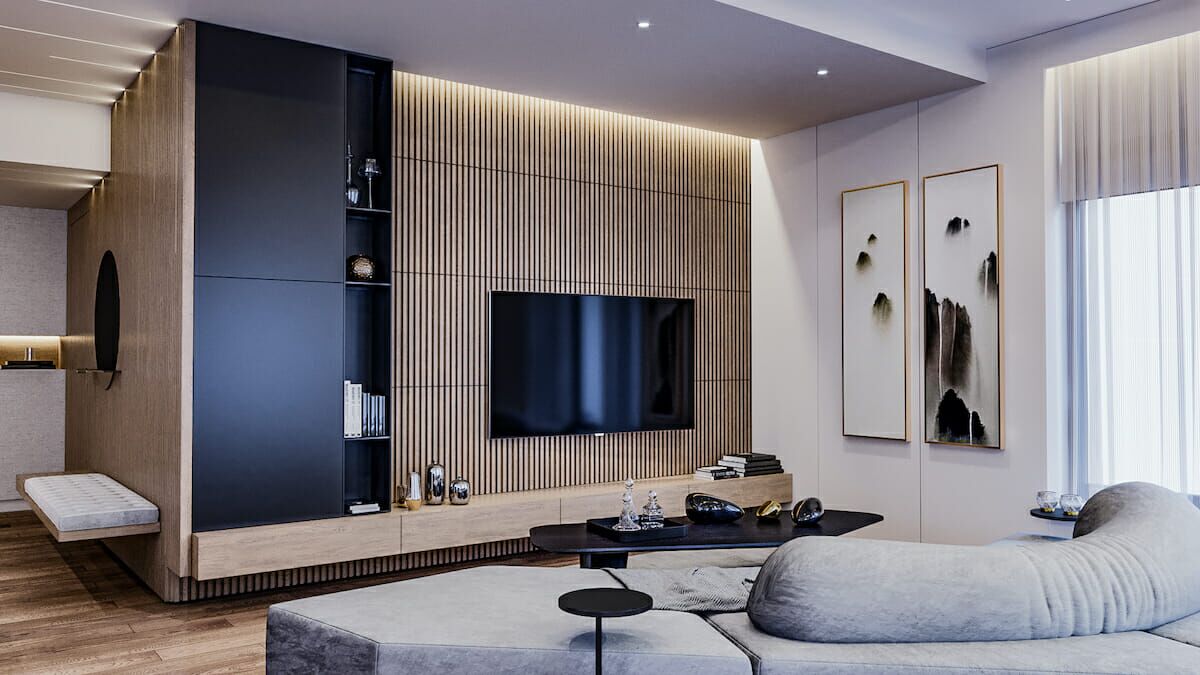

0 thoughts on “How To Get Interior Design License”